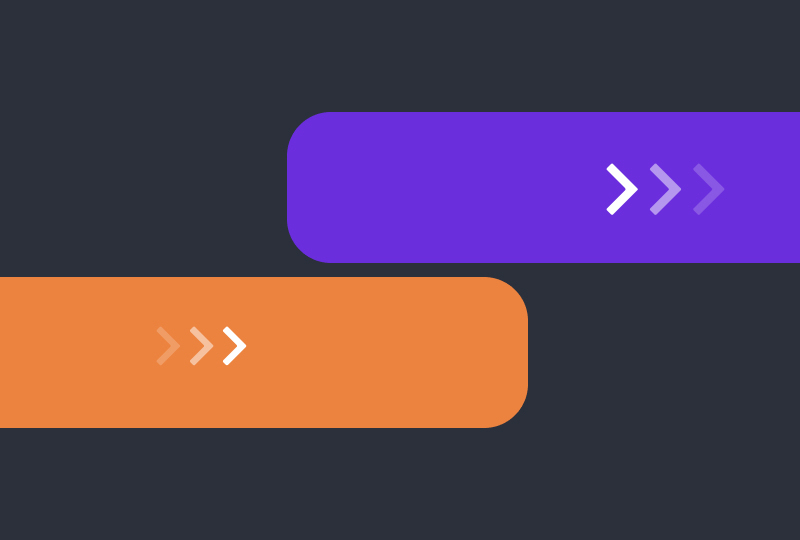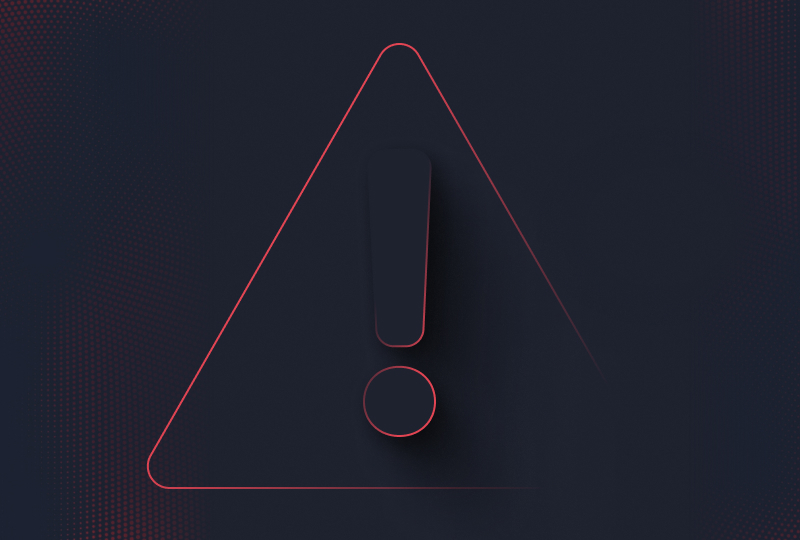2017-12-06

Customer Outreach Throughout the Customer Lifecycle

3 min read
When, how, and with whom you communicate throughout the lifecycle is an essential part of customer success. Getting it right is half science and half art. It starts with collecting and analyzing data on user engagement and following an account plan of some kind.
Be careful about event-triggered drip campaigns - they rarely work well - your customers don’t use your product in straight lines. To make the most out of your touch points you need to time messages according to your customer’s behavior.
Customer touch points can either be automated or manual. We recommend our customers to do as few (fully) automated messages as possible (freemium products and $9.99/month products may be the exception). We’ve listed some common outreach programs/strategies that we see a lot of companies use:
The Welcome Letter
Take the opportunity to welcome your newly won customer. Be personal, use human language, don’t use buzzwords or try to be something you’re not. Finish your welcome letter with the “next steps”.
Check out this page for inspiration.
Use Triggered Messages
Set up a few messages that are triggered by action(s) taken in your product. Think through what events you want your users to take and why. Try to keep things simple, here are three usage-triggered messages that works for most businesses:
-
The no-show - send a message to users that haven’t logged in after x days or haven’t joined the online training tutorial you put together for them.
-
The super-user - send a short note to the super user(s) and tell them about your reference program, your other modules or products.
-
The new user - send a message to the new user and encourage her to use your sticky features. Be clear with the value proposition of the feature. Don’t over-do it.
Lifecycle Triggered Messages
You can also set up outgoing messages to your customers that are based on the lifecycle phase that they are in. Here are a few examples:
-
Survey after on-boarding - shoot your user a short survey asking about their on-boarding experience. Did they get the help they expected? Do they see value in your service? Have their expectations changed? Was your CSM helpful?
-
6 month NPS - Send your users a short NPS survey halfway into their contract (assuming one year contract).
-
Monthly product updates - send your customers a monthly product update.
OBR
The OBR is the Onboarding Business Review. Highly recommended for your enterprise accounts. During the OBR you want to:
-
Learn more about their business goals and reason for their purchase
-
Set the right expectations to your customer (what you can and cannot do)
-
Build relationship with key stakeholders
-
Get buy-in and commitment from your customer on your roll out strategy
QBR
QBR is the Quarterly Business Review, recommended for your enterprise accounts. A quarterly check-in where you open up for feedback. Make sure you involve the decision makers.
EBR
Executive Business Review, recommended for all accounts (except for the freemiums and the low value accounts). You should meet with the executives of your customers every 6-7 months. This is a great opportunity to build relationships, show usage data, ROI calculations and the value-realized by the customer.
Ask for feedback, share your product roadmap/updates and make sure you hold the customer accountable wherever appropriate.
Join our newsletter!
Receive the latest news, updates, and invitations to our events.
Being data-driven, are we there yet?
Being data-driven should be standard nowadays, but many organizations still struggle with it. Every company wants to be data-driven, but putting it into practice is the tough part.
How to transition from a cost center to a profit center in CS
Many in CS shy away from the commercial aspects of the business, but it's a missed opportunity to keep the conversation moving around maximizing and driving value for customers.
It's worth the risk: Identifying and managing risk in CS
When faced with risk in CS, it’s hard to know what the first step should be. We've developed an actionable plan based on experience from three CS experts.
Learn more about
Planhat
Drop your email and let us show you our platform!











